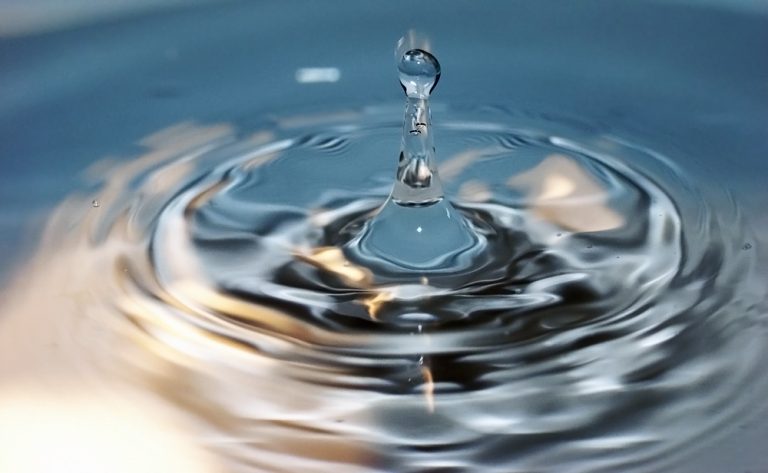

By: Todd Danielson, Vice President, Engineering, Texas Water Utilities
Record-breaking heat, below-average rainfall, and wildfires are having a significant impact on Texans. Farmers are finding creative solutions to grow their crops, and water utilities are forced to implement restrictions on watering.
With extreme heat comes additional water use, and it’s important to understand why additional conservation methods are needed, especially during a drought.
According to the U.S. Drought Monitor, 80% of Texans are currently experiencing drought. As temperatures rise, soil dries out, people start using more water outdoors and reservoir levels deplete.
Conserving water saves you money on your water bill and leaves more water for you and your neighbors as the drought continues.
Texas Water Utilities provides the following tips for conserving outdoor water use this summer.

![]()

![]()
………….a rainy day.

![]()
………….split this watering into two or three separate applications. It is a balancing act to water
………….enough to promote deep root growth while also not spreading out watering so much that
………….plants experience heat stress.
………….and recycle their water. If washing your car at home, use nontoxic, phosphate-free soaps
………….sparingly and wash on a pervious surface such as grass or gravel to help filter runoff.
………….Minimize runoff by reducing water use, using a spray nozzle to restrict water flow, and
………….wring out sponges/rags over a bucket or sink. Waterless car wash products for spot
………….cleaning are a great way to conserve water.
………….avoid the need for fertilizers and pesticides and use less water.
………….onto your lawn provides moisture, organic, and fertilizer content, which reduces the need
………….for water.
………….Redbud, Desert Willow, and Trailing Lantana.
Much of the water consumed by an average American household is used outdoors. It is here where we can make simple but significant changes that will have a positive effect.
Small changes, if done on a large scale, add up to a big change. Every drop counts and every Texan can make a difference.
The San Marcos City Council received a presentation on the Sidewalk Maintenance and Gap Infill…
The San Marcos River Rollers have skated through obstacles after taking a two-year break during…
San Marcos Corridor News has been reporting on the incredible communities in the Hays County…
Visitors won't be able to swim in the crystal clear waters of the Jacobs Well Natural…
Looking to adopt or foster animals from the local shelter? Here are the San Marcos…
The Lone Star State leads the nation in labor-related accidents and especially workplace deaths and…
This website uses cookies.